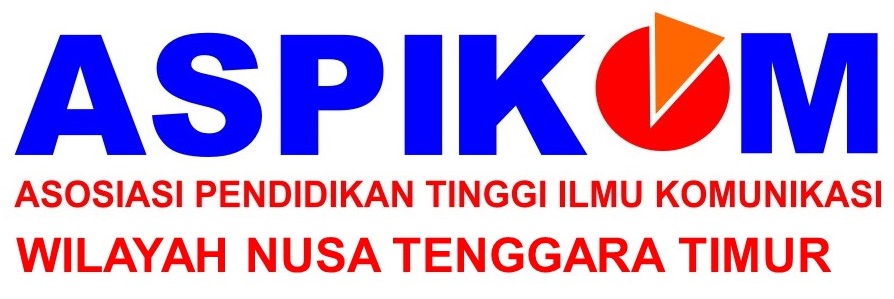Analysis City Branding Lamongan Megilan as Marketing Communications of Region
Case Study on Lamongan Government 2023
Abstract
The small number of tourists visiting Lamongan shows that the city's branding is not yet optimal. Based on data from Department of Tourism and Culture of Lamongan in 2020, there were 1,028,889 tourists visiting Lamongan, while the number of visitors to Gresik based on Gresik Open Data in 2020 was 2,103,355 people. One effort to increase the number of tourists is through optimizing city branding and currently Lamongan is developing the city branding "Lamongan Megilan". This research aims to analyze the branding of the city "Lamongan Megilan" as city marketing communications. In this study, researchers used the Positioning-Differentiation-Brand (PDB) triangle theory from Hermawan Kartajaya as a theoretical framework because this theory has the advantage of being able to identify the uniqueness of a brand. The research method used is qualitative with a case study approach. Data collection techniques, including interviews with related parties, observing, and literature studies. From the results of the research that has been carried out, the researchers obtained the result that the positioning of "Lamongan Megilan" places more emphasis on regional distinctive culture to be applied in various aspects. The differentiation offered includes cultural richness such as culinary specialties, namely Soto Lamongan, Pecel Lele, and Wingko Babat. The “Lamongan Megilan” brand was introduced to the wider community through various events held by the local government.
Copyright (c) 2024 Haqqi Hidayatullah, Rajiyem Rajiyem

This work is licensed under a Creative Commons Attribution-NonCommercial-ShareAlike 4.0 International License.












 The articles in Jurnal Communio are licensed under a
The articles in Jurnal Communio are licensed under a 